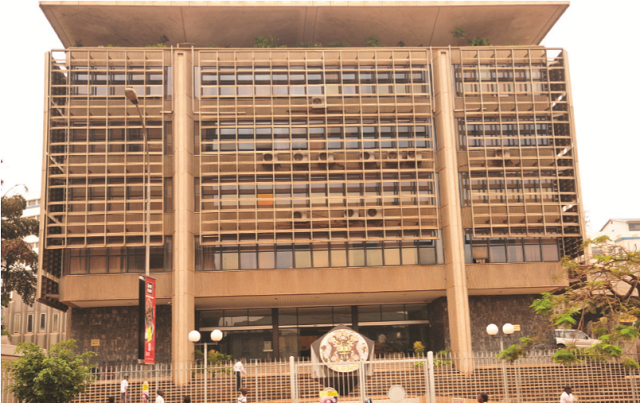
Bank managers explain recent cuts to 20% average
Effective this month most commercial banks started charging lower interest rates on flexible existing and new loans with analysis indicating about 20% is the new average industry rate compared to around 23% a period before.
The move is expected to boost uptake of private sector credit and economic growth which has remained at an undesired 5% level for some time.
More credit firms have indicated in separate interviews with The Independent that they would adjust downwards their lending rate effective next month.
This is the first time in seven years that commercial banks are announcing somewhat bigger interest rate cuts. The trend has raged since 2011 when Bank of Uganda introduced Inflation Targeting Lite (ITL), a focus on the Central Bank Rate (CBR) indicator to direct movements in interest rates, as a financial tool for curbing inflation. At the time, inflation had leapt to over 30%, the highest since 1993.
Back then, prime lending rates for banks almost touched a 30% mark before sliding to settle at an average of 24%.
Bankers defend interest rate cuts
Top bank executives that The Independent spoke to about new rates said they were responding to an ideal situation of consistent monetary policy easing of the CBR by BoU from 17% in October 2015 to 11.5% announced on Feb. 15. The CBR was highest at 23% way back in the last quarter of 2011 when ITL started.
Bankers also said that reference rates of government paper issued by Bank of Uganda on behalf of government were reducing, hence causing a normal trend that sees lending by banks easing across the spectrum.
Herman Kasekende, the outgoing chief executive officer at Standard Chartered Bank told The Independent that they had announced a 1.5% reduction of their prime lending rate from 22.5% to 21% as a result of a lowered CBR by 5.5% since October 2015. In addition, he said, interest on government paper had reduced by 500 (about 5%) basis points in the same period.
“We are praying that the rates stay there or even go down further to boost uptake of private sector credit and economic growth,” he said.
On whether the new rates would affect all clientele – corporate and retail – Kasekende, said the new pricing at Stanchart is Prime Lending Rate-based.
“It is either plus one or base minus,” he said, “They are all linked and are all impacted at the same time.”
Michael Segwaya, the executive director and chief finance officer for Barclays Bank Uganda told The Independent that the continued lowering of the CBR was an indicator that banks would get cheaper credit to extend to borrowers.
But he quickly said that the borrowing rate varies and is dependent on risk the customer has.
“There is a correlation in the reduction of the central bank rate, prime lending rate and finally the customer’s borrowing rate,” he said.
Amidst old interest rates and a tough economy, Segwaya said corporate customers have been resilient.
“We have been engaging them to ensure they meet their loan obligations amidst the challenges,” he said.
While commenting on whether current rates would have substantial impact on economic growth, he said, interest rates are a factor of so many things.
“We are faced with inflation being driven by the exchange rate because of the imports we have,” he said, “And that ultimately affects inflation which the BoU has to control following through the CBR or the borrowing rate.”
 The Independent Uganda: You get the Truth we Pay the Price
The Independent Uganda: You get the Truth we Pay the Price



